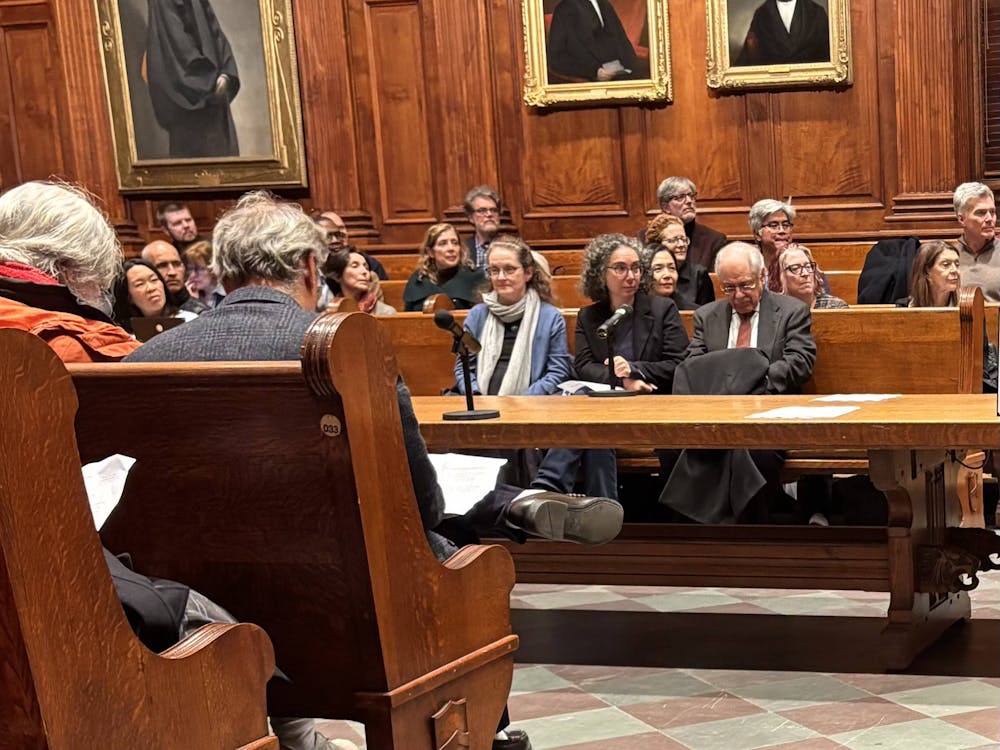Seven students had the opportunity to witness the end of the world in Guatemala, the birthplace of the Mayan apocalypse legend itself, on Dec. 21 as part of visiting professor Timothy Smith’s class LAS 401: The Politics of Ethnicity in Latin America. There, the students interviewed indigenous Maya to attempt to dispel the myth and understand its origins.
The trip was a student-driven initiative that came out of an impromptu class discussion in early November about the popular apocalypse myth, Smith said. It was funded by the Fred Fox ’39 Fund, the Program in Latin American Studies and the Department of Anthropology.
The class spent a week in Guatemala visiting various archaeological ruins and indigenous Mayan communities. On the eve of Dec. 20, the students observed religious ceremonies at the ruins at Iximche to commemorate the end of the Mayan calendar cycle.
Mayan shaman were “performing these beautiful ceremonies with candles and flames and lots of wax and incense,” Ben Fogarty GS, an anthropology student in the class, said. “You basically watch the fire dance, and that kind of gives you signs as to what the spirits and the ancestors are telling you.”
Through the interviews, the students learned that the indigenous Maya had varying interpretations of the meaning of the end of their calendar, none of which included the world ending. Instead, many Maya saw the date as the end of an era and an opportunity to start anew with hope for the future.
“A lot of people had the understanding that it was a rebirth or the beginning of a new era, and that’s how it was marketed,” Briyana Davis ’13 said.
However, according to Smith and Fogarty, indigenous groups were also upset that the Guatemalan government was exploiting their cultural history as a tourism and marketing scheme.
“There was definitely an attempt to turn [the apocalyptic date] into a folklore rather than about identity,” Fogarty said. “A lot of indigenous groups were not happy with that, as they saw it as sort of being co-opted by the government and being turned into something that it was not.”
Smith attributed the global mass hysteria about the end of the Mayan calendar mainly to the entertainment industry, specifically through television specials by networks such as the History Channel and Hollywood movies such as “2012” and “Knowing.”
Some students added that they thought the attention also stemmed from the public’s general tendency to sensationalize disaster and from ignorance about the Mayan culture.
“It’s easier for [the general public] to be like, ‘Oh, haha, the calendar’s ending, the silly Mayans,’ and completely misrepresent their culture,” Davis explained.
To Fogarty, the apocalypse has been a recurring prediction in human history.

“I think they read into a lot of the signs, be it the economic crisis or climate change or just general social strife and war and poverty,” Fogarty said. “It kind of shakes people up and makes them feel very alive.”
Due to a reporting error, an earlier version of this article misstated the location of the ruins where the students observed religious rituals. The location was called Iximche. The ‘Prince’ regrets the errors.







